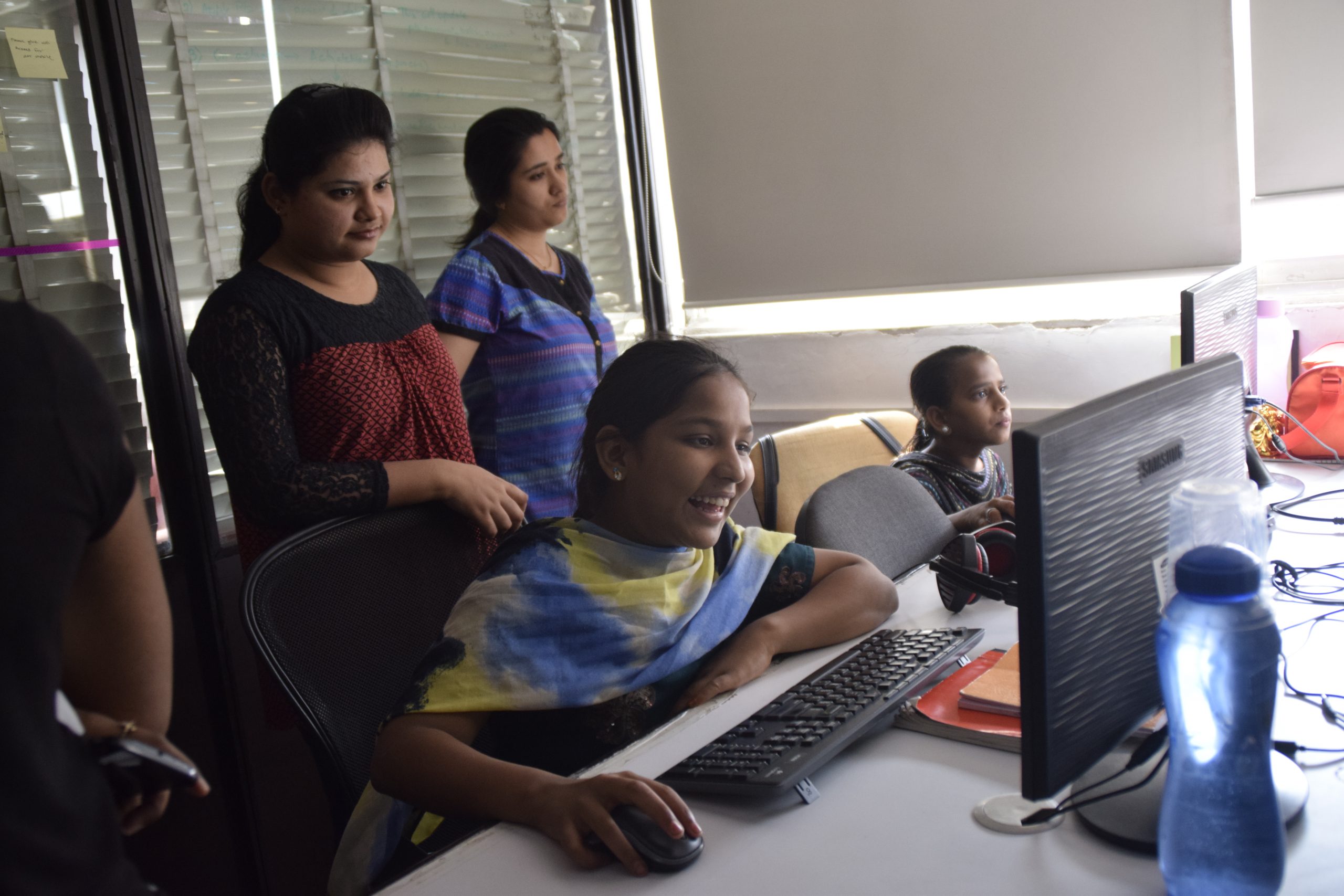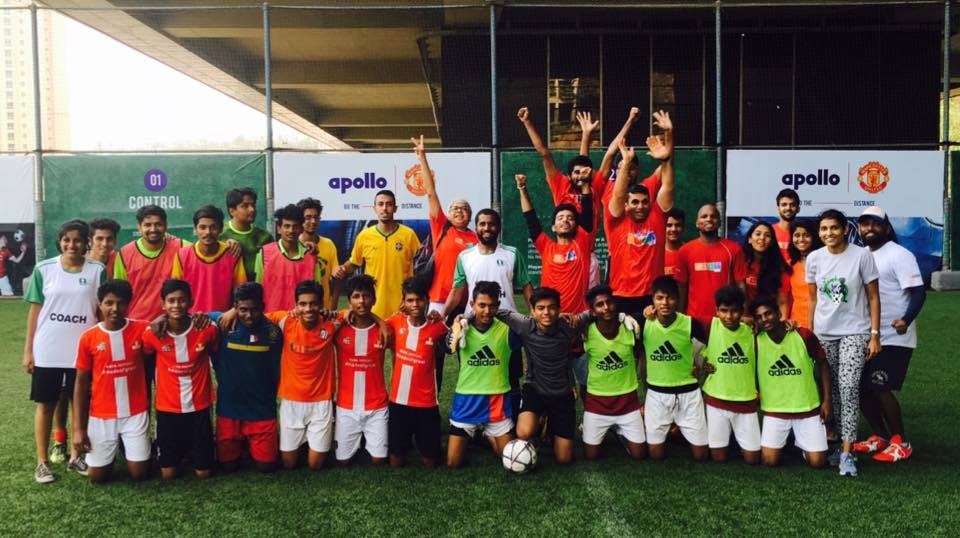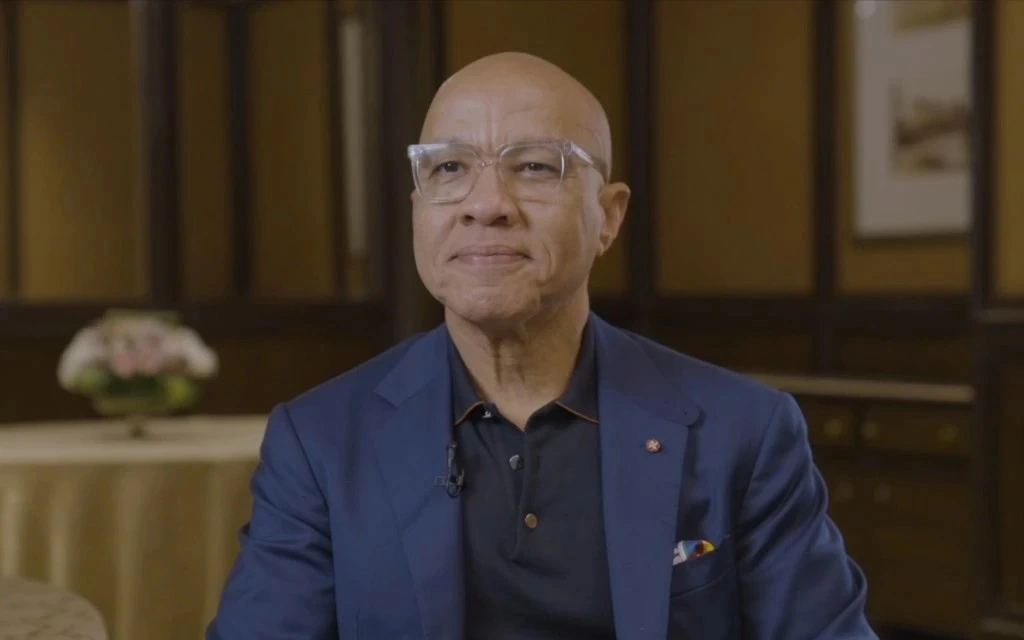The way it stands today, corporates and nonprofits find themselves in a position of mutual need: corporates need to fulfill CSR requirements, and nonprofits need funding. It would therefore seem intuitive that a partnership between these two parties would come easily enough, but, more often than not, it is anything but that.
At ConnectFor, our experience matching corporate volunteers with nonprofits has shown us that a partnership can be worked out successfully if both parties have clarity on what they want out of the intended engagement. This requires both parties to ask themselves certain questions.

Photo Courtesy: ConnectFor
The corporate checklist
Usually corporates have directives based on which they decide which activities they want engagement to occur through. For the most part, these will tie into a larger vision and, when done right, can be an excellent means for increasing employee satisfaction and improving branding efforts. Here’s what corporates should be asking themselves:
1. What is the goal of the engagement?
Corporates need to spend time deciding whether their primary goal is employee engagement, branding or both. Having a set of goals in place makes it easier to plan for the best impact and outcome. The goals should then be further narrowed down to rough estimates: the number of people, the level of engagement (long-term, short-term, one-off) and the intended final outcome (employee participation, impact, etc).
2. What is it going to cost?
It is imperative for corporates to realistically think through the budget they have available and the number of employees they want involved. Even a rough estimate of upper and lower limits, or cost-per-head, helps ensure that their teams are not confused or overwhelmed with options.
One of the corporates that ConnectFor once worked with wanted to do an event for 80 people with at least 60 beneficiaries for 4-5 hours on a weekday, including lunch and transport, within a budget of INR 40,000. We helped the corporate understand why this was an unrealistic expectation, following which they had an internal discussion and review. By looking at this event in the context of their larger goals, they internally agreed to revise the budget to INR 80,000 because they were aware of their overall annual budget for these engagements. They also decided to create budgets for events based on a per head amount per event, as opposed to a standard per event budget.
Related article – Employee engagement: What it takes to run a large scale programme
3. Does the engagement have to tie in with the CSR agenda?
Corporates are usually cause agnostic when it comes to one-time employee engagement events, and more cause specific for longer-term associations. Being cause agnostic to a certain degree is usually a good thing for two reasons: it is easier to find something exactly suited to your brief (in terms of budget and goal), and employees get a chance to get involved with an activity that interests them since events can be planned across causes.
The nonprofit checklist
Nonprofits must decide what kind of value they are seeking and what kind of experience they want to offer corporates through these engagements, based on how they approach, plan and structure them.
1. Can I match the brief provided by the corporate?
Be honest with yourself. When the opportunity to engage in an event comes up, think about whether the timings are suitable and the space you have is large enough. Don’t presume that things will work out on the day of the engagement.
For example, we had a nonprofit partner that agreed to do an event for 50 employees during the monsoon. When we visited the intended centre during our initial recce, we found that it was an outdoor space in a garden and that sessions planned for the past week had been cancelled due to rain. The centre didn’t have a contingency plan, and assumed we would figure something out for the day if required. We had to shift the event to another nonprofit that had an indoor space—which was lucky since it did rain!
2. Do I have enough resources to ensure a good experience?
Most times, corporate employees are quite unaware and uncertain about what to expect. They may not be immediately comfortable interacting with the beneficiaries. To make sure the event goes smoothly, make sure to allocate resources before, during and after the event. These would include resources to:
- Sensitise the group before the engagement
- Design and prep all the material for the activities
- Ensure a good beneficiary-to-resource ratio
- Oversee logistics
- Manage the overall activity to make sure all the parts work well together
3. What is my end goal for this event?
Are you engaging to raise funds, spread awareness, or both? Be sure you know what your intent is in hosting an event or entering an engagement, or you will be left dissatisfied at the end of it.
It’s usually unlikely that a single event will result in high impact, much fundraising, lots of valuable takeaways and many recurring volunteers. If you know what your goal is, you can design the event and activities to ensure that the focus is on meeting that end. Thus, if you want to simply spread awareness, you can have a sensitisation session or distribute material regarding the cause. However, if you want to raise funds, you can engage the employees in a competition, sell products during and after the event, and so on.

Photo Courtesy: ConnectFor
A common checklist
Once both parties are clear about the questions relevant to them, there are some simple guidelines that need to be followed to ensure that everything in place to ensure a wonderful, mutually beneficially engagement.
- Results take time and effort: Don’t be in a rush to work with the first opportunity that comes your way. Do a little research, understand your potential partner, and be clear that it suits your purpose.
- Alignment is important: Understand your potential partner’s goals and make sure that you are both aligned in terms of event flow, nature of activity, cost and outcomes.
- Flexibility is key: Expect changes. Be prepared, have contingency plans, and do run-throughs and checks where possible!
- Communication is critical: Communicate before, during and after the engagement so that confusion is minimised, expectations are repeatedly clarified, and both parties are prepared for change if and when it does occur.
- Equal stake: To have a successful engagement, both parties should have equal stake in the success of the engagement. When both parties are equally invested in the final outcome, the chances for success are higher.
Done right, a partnership between a corporate and a nonprofit has the potential to be incredibly impactful and transformational, whether it is for a cause or for an individual engaged through this kind of partnership. The challenge is in getting it right. And it needn’t be a challenge if both parties just asked themselves—and each other—the right questions.







